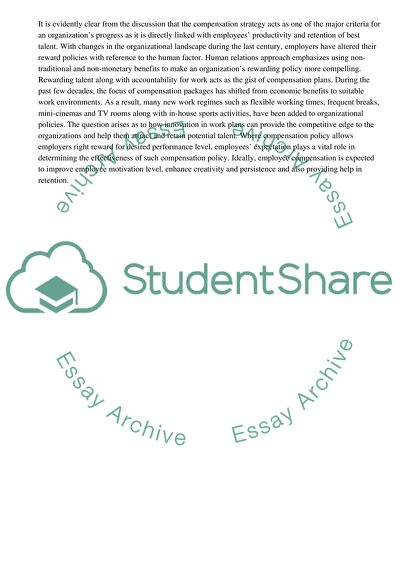Cite this document
(New and Improved Rewards at Work Research Paper, n.d.)
New and Improved Rewards at Work Research Paper. Retrieved from https://studentshare.org/management/1797414-new-and-improved-rewards-at-work
New and Improved Rewards at Work Research Paper. Retrieved from https://studentshare.org/management/1797414-new-and-improved-rewards-at-work
(New and Improved Rewards at Work Research Paper)
New and Improved Rewards at Work Research Paper. https://studentshare.org/management/1797414-new-and-improved-rewards-at-work.
New and Improved Rewards at Work Research Paper. https://studentshare.org/management/1797414-new-and-improved-rewards-at-work.
“New and Improved Rewards at Work Research Paper”, n.d. https://studentshare.org/management/1797414-new-and-improved-rewards-at-work.


